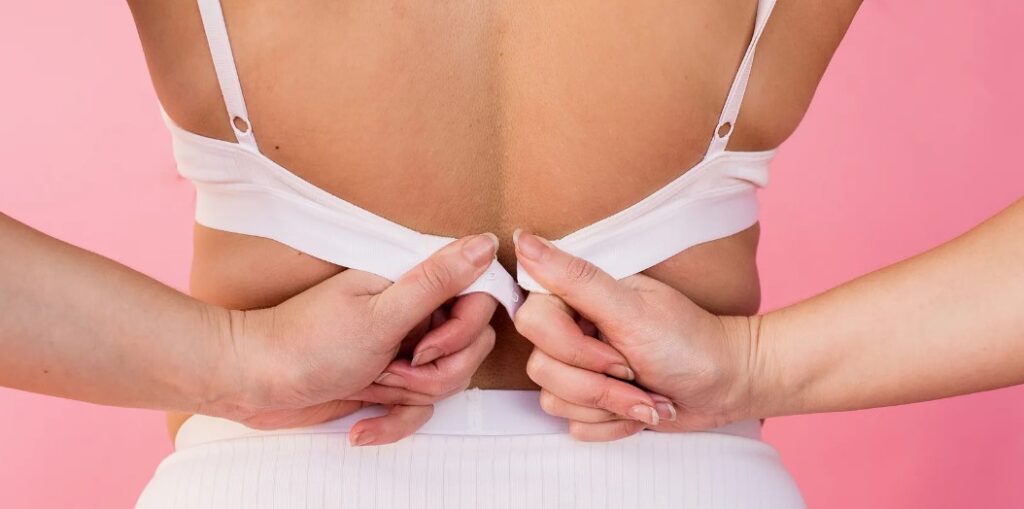
FLEXIBLE, FLATTERING, FUNCTIONAL
Stretch Fabrics in Lingerie Design
If you’re in the intimate apparel industry, you know that producing lingerie that is comfortable, flattering, and functional is essential. The most important key to achieve this is by choosing the right fabric. In this post, we’ll explore what stretch fabrics are, why they are important for lingerie, and showcase some popular types of stretch fabrics.

Stretch fabrics, as the name states, have the ability to stretch and conform to the shape of the body. They offer a comfortable and flexible fit for lingerie, allowing the fabric to move with the body rather than against it.
Why Stretch Fabrics are Important for Lingerie
Flexibility:
Who will wear lingerie, no matter how stylish it may look, that’s not flexible? Stretch fabrics provide a comfortable fit that moves with the wearer’s body, rather than restricting movement. Wearing lingerie made with stretch fabrics feels like a second skin, allowing the wearer to move freely and comfortably.
Flattering Fit:
Lingerie is all about making the wearer feel confident and sexy. Fabrics, having stretching ability, help achieve this by conforming to the body and smoothing out any lumps or bumps. They provide a snug yet comfortable fit that accentuates the wearer’s curves, enhancing their natural beauty and confidence.
Functionality:
Lingerie is not just about aesthetics; it also needs to perform certain functions, such as supporting the breasts or shaping the body. Stretch fabrics can be engineered to provide these functions while still maintaining their stretch properties. This is especially important in styles like bras and shapewear, where the fabric needs to provide support and shaping without feeling restrictive or uncomfortable.

Most Popular Options for Lingerie
Spandex:
Spandex is a synthetic fiber recognized for its outstanding elasticity. It’s often used in lingerie because it can stretch up to 600% of its original size and still return to its original shape. It’s also lightweight, breathable, and moisture-wicking.
Elastane:
Elastane, also known as Lycra, is another synthetic fibre with excellent stretch and recovery properties. It’s often used in combination with other fibres to create stretchy and comfortable lingerie.
Nylon:
Nylon is a popular choice for lingerie because it’s lightweight, durable, and has a soft feel. When blended with spandex or elastane, it can provide excellent stretch and recovery properties.
Polyester:
Polyester is another synthetic fiber that’s often used in lingerie because of its durability and wrinkle-resistant properties.

When choosing stretch fabrics for your lingerie designs, it’s important to consider the weight, texture, and finish of the fabric. Some of them may have a smooth and silky feel, while others may have a matte or textured finish. Additionally, some fabrics may be treated with special finishes, such as moisture-wicking or antimicrobial properties, to enhance their performance and comfort.
Whether you’re a seasoned pro or just starting out in the industry, hopefully this blog post has provided you with valuable knowledge on stretch fabrics for lingerie design. Keep in mind that there are other fabrics like rigid fabrics (woven) that are also used in lingerie production. Share your views and experience with different fabrics in lingerie design with us – we’d love to hear from you!
Also click here to read our blog post on “Rigid Fabrics for Lingerie Design” and click here to read our blog post on “The Three Types of Fabric Grain: Which One is Right for Your Intimate Apparel?”.
